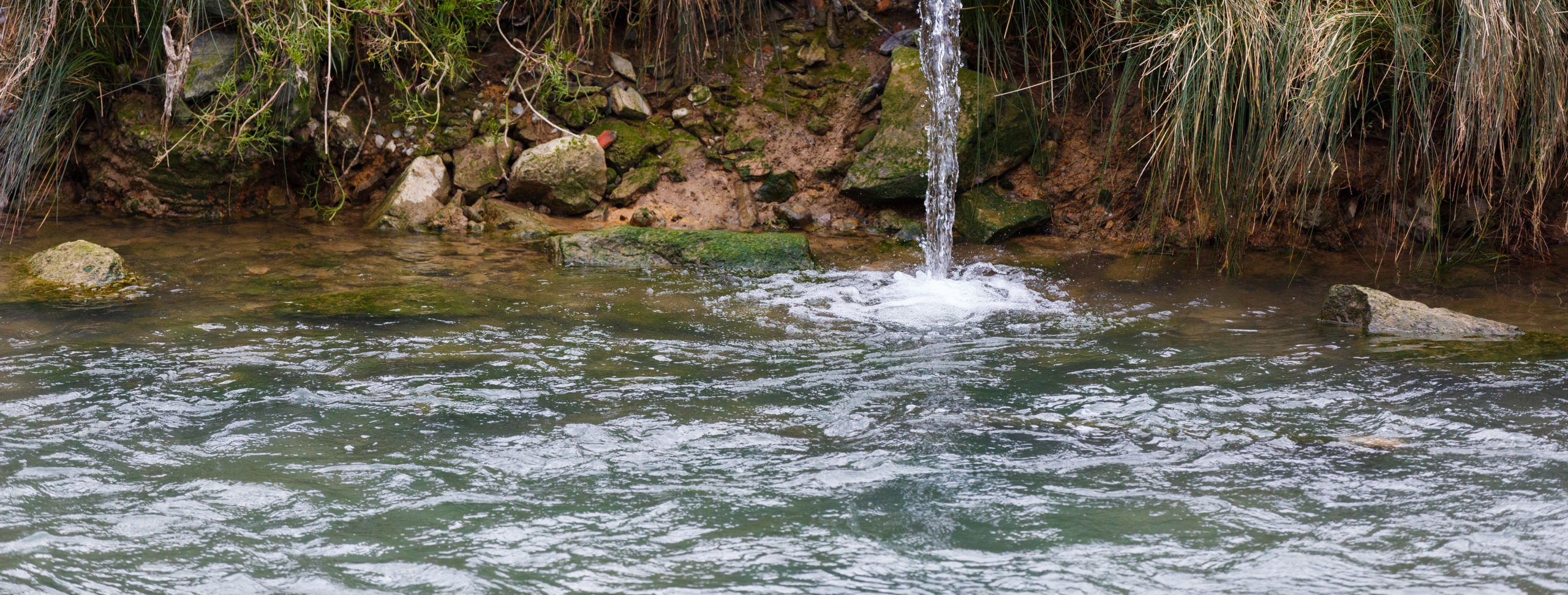With the growing number of environmental concerns such as global warming and pollution, attention has been paid to the impact of industrial and human activity to ensure the protection of the planet. While historically, most studies and biomonitoring programs have focused on environmental chemicals such as metals and pesticides, there are an increasing number of scientific publications that investigate the environmental fate and ecotoxicity of low- and no-calorie sweeteners (LNCS). Though the U.S. Food and Drug Administration (FDA) and the Joint Expert Committee on Food Additives (JECFA) has thoroughly reviewed the scientific evidence regarding these sweeteners and have regarded them as safe for both human consumption and the environment, some questions remain about the impact of LNCS exposure in the environment.
A number of studies have reported the detection of certain sweeteners in sludge and wastewater. However, these levels are very low and most sweeteners are completely biodegraded in the environment and will not accumulate in the tissues of living organisms. No studies to date have found that the presence of LNCS in the environment result in adverse health outcomes, and no chronic data on any potentially toxic effects of the sweeteners at the population, community, ecosystem and biosphere levels are available.
The body of evidence on the environmental impact of steviol glycosides suggests that steviol glycosides will not adversely impact the environment. Steviol glycosides do not enter the environment via sewage sludge at all but may be present at undetectable levels (Albelaez et al. 2015a, Albelaez et al. 2015b).
Ecotoxicity data suggest no adverse effects to plants and invertebrates at concentrations well above those anticipated to be present in the environment (Stolte et al., 2013). Further, environmental models predict that steviol glycosides will not bioaccumulate in aquatic organisms (Sanchez-Aceves et al., 2017).
References
Arbelaez, P., Borrull, F., Pocurull, E. et al. 2015. Determination of high-intensity sweeteners in river water and wastewater by solid-phase extraction and liquid chromatography-tandem mass spectrometry. J. Chromatogr A 1393, 106-114.
Arbelaez, P., Borrull, F., Marce, R.M., et al. 2015. Trace-level determination of sweeteners in sewage sludge using selective pressurized liquid extraction and liquid chromatography-tandem mass spectrometry. J Chromatogr A 1408, 15-21.
Sanchez-Aceves, L.M., Dublan-Garcia, O., Lopez-Martiinez, L.X., et al. 2017. Reduction of oxidative stress status using steviol glycosides in a fish model. Biomed Res Int. Epub ahead of print.
Stolte S., Steudte, S., Schedd, N.H., et al. 2013. Ecotoxicity of artifical sweeteners and stevioside. Environ Int 60, 123-127.


